University Project Management Case Study: PPP Infrastructure Projects
VerifiedAdded on 2022/09/14
|5
|754
|16
Case Study
AI Summary
This document presents a case study analysis focusing on project management within the context of infrastructure development, specifically examining public-private partnerships (PPPs) in the Republic of Korea and renewable energy practices in China. The case studies delve into the challenges and strategies employed in these projects, including the impact of economic factors, government policies, and financial crises. The analysis explores the evolution of PPPs in South Korea, highlighting legislative changes and their effects on infrastructure development. Furthermore, the document examines China's renewable energy initiatives, including pricing mechanisms and cost arrangements, which have contributed to China's leading position in the global renewable energy market. The document provides insights into the complexities of project management in infrastructure and energy sectors, offering valuable information for students and professionals alike.
1 out of 5
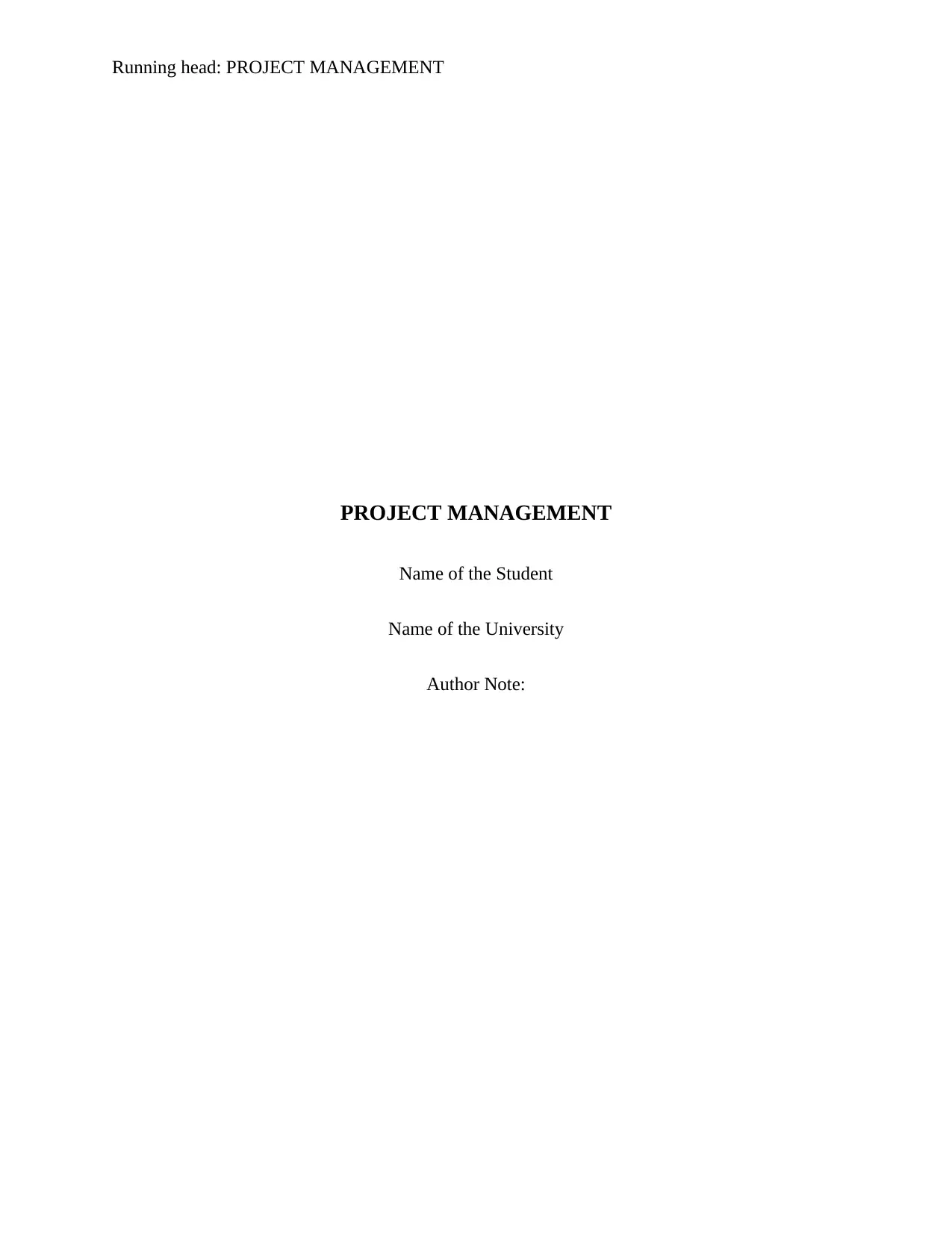
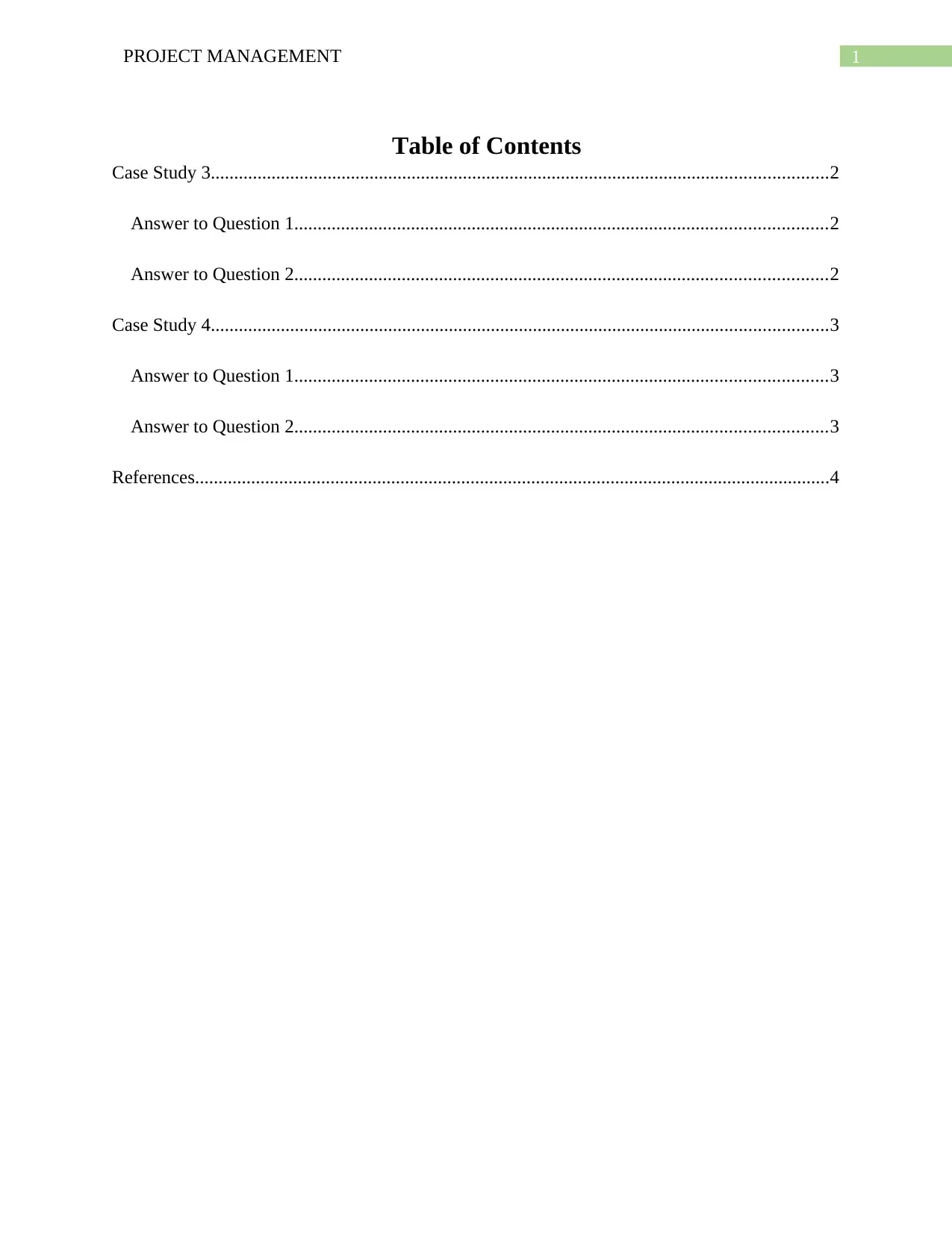
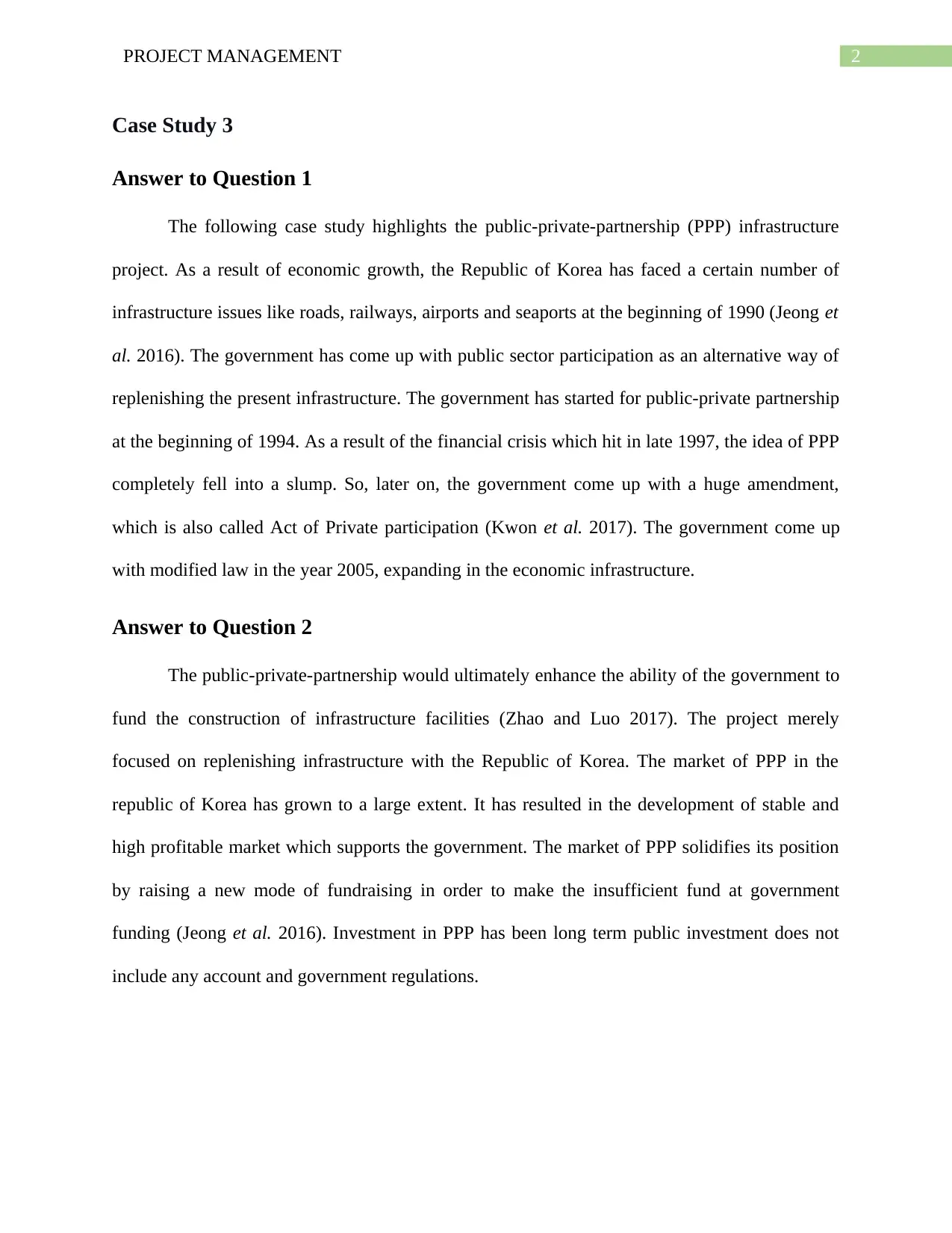

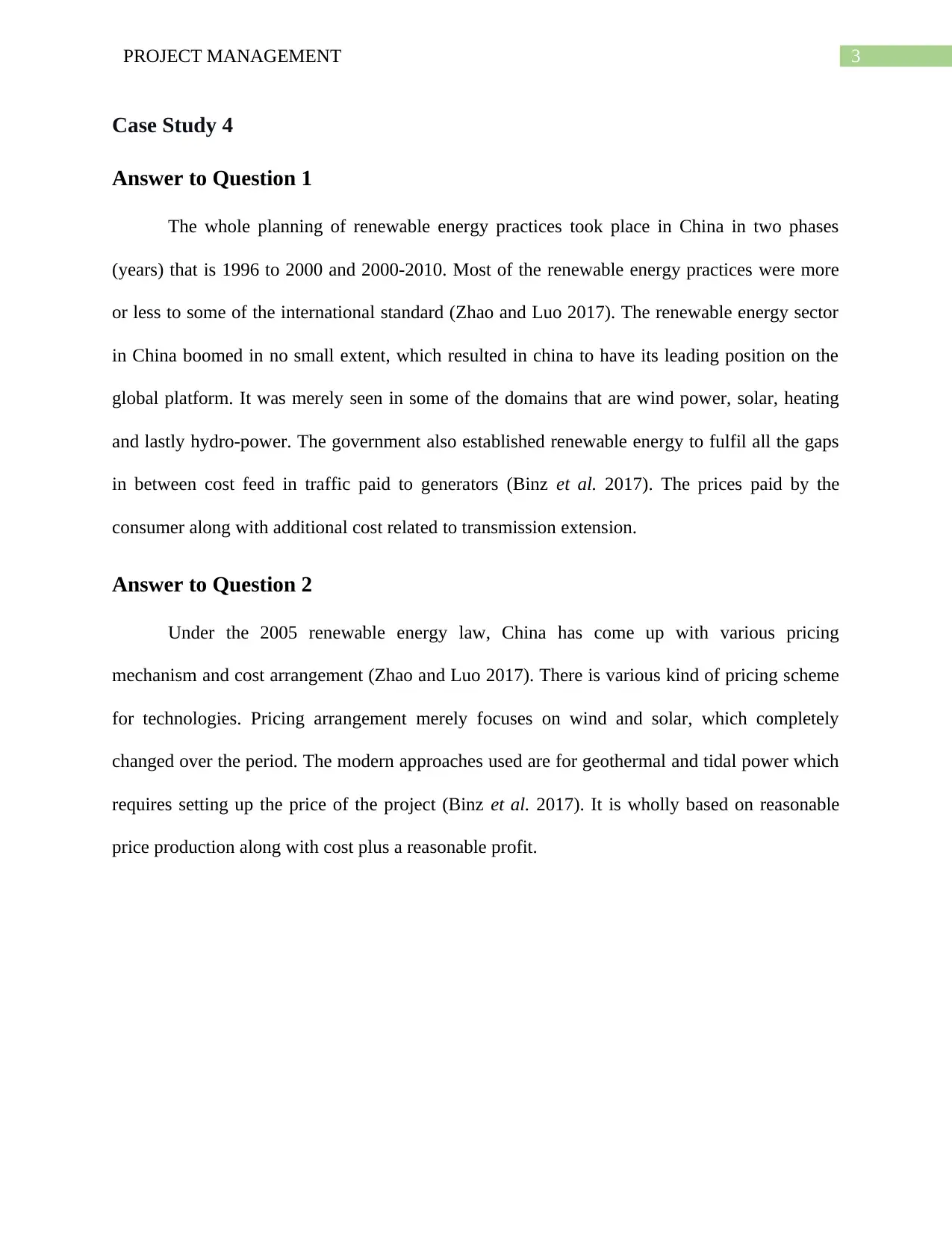
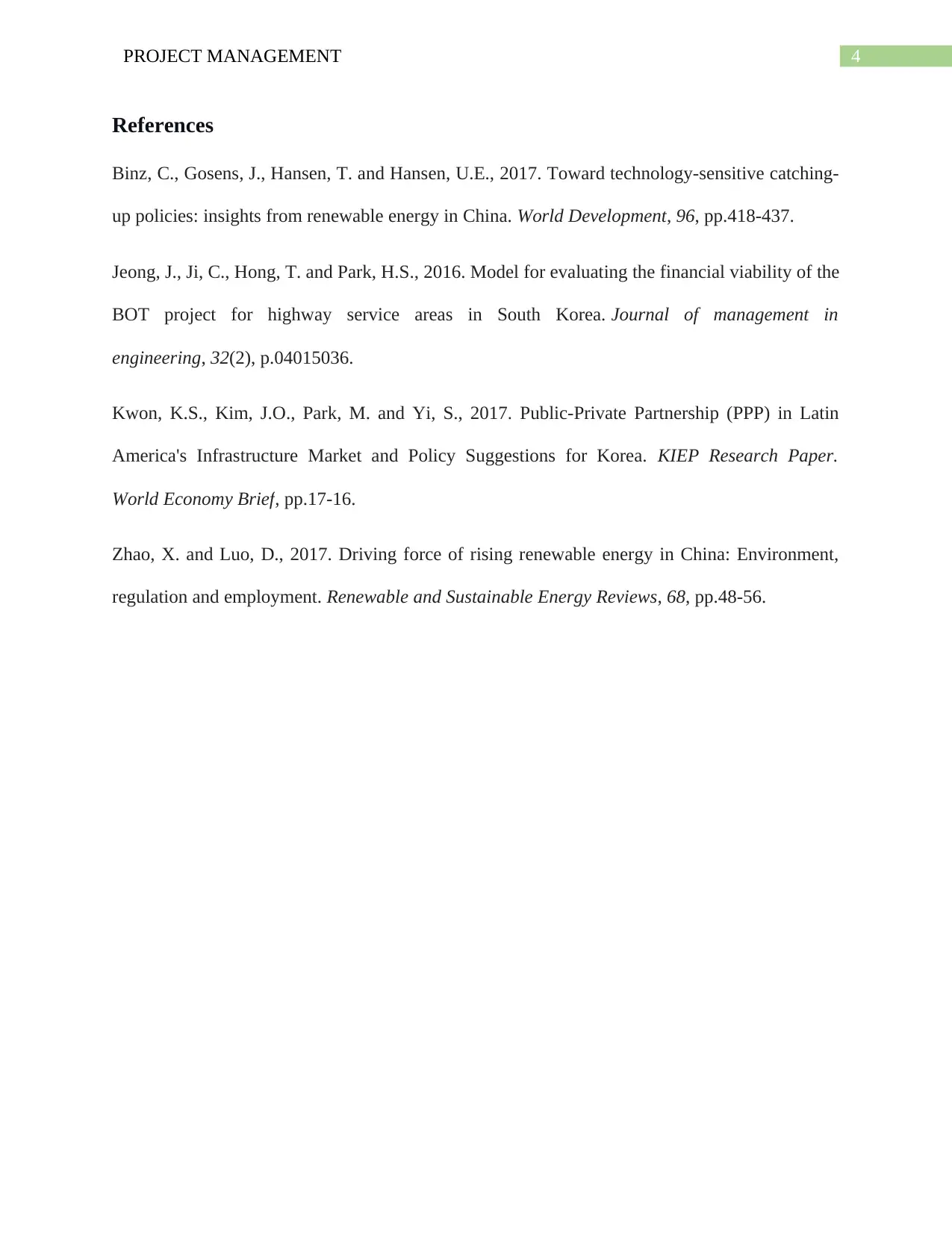

![[object Object]](/_next/static/media/star-bottom.7253800d.svg)